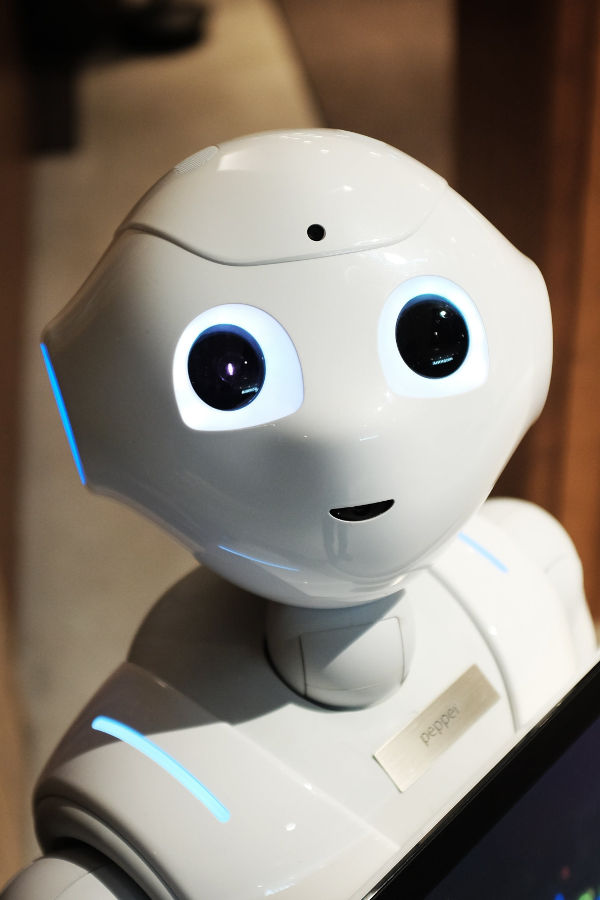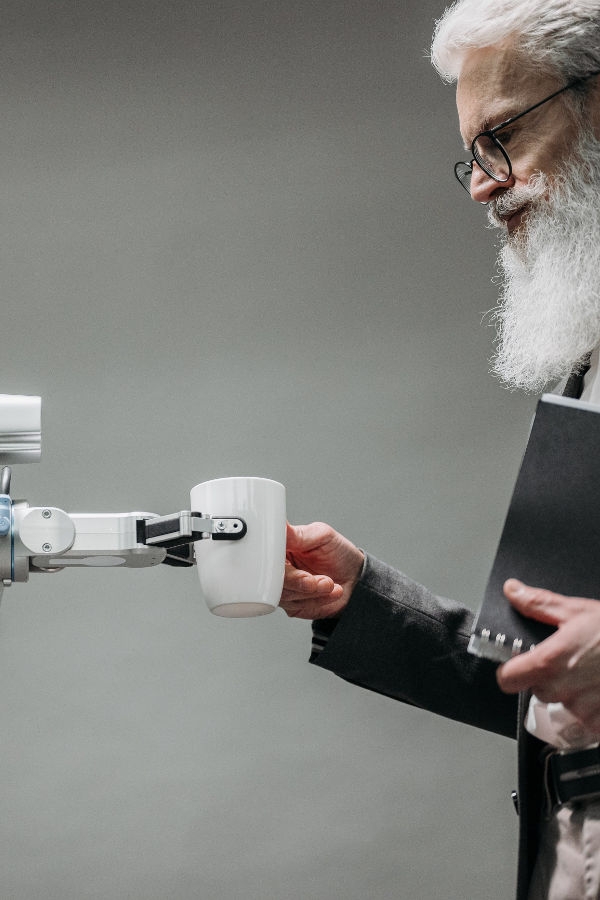Sie können sich jederzeit für unsere Online-Kurse anmelden:
- Bitte kontaktieren Sie uns per Chat auf dieser Website, um einen geplanten Starttermin für Ihren Unterricht für einen bestimmten Online-Kurs zu vereinbaren.
- Sofort nach vorheriger Absprache erwerben Sie spezifisch vereinbarte Online-Kurse.
- Nach dem Kauf planen wir den Beginn Ihres Unterrichts wie vereinbart und geben Ihnen alle notwendigen Anweisungen.
Refer to "Purchases and Payments" section (verbinden) of the "Terms and Conditions" (verbinden).
Auffrischung von Kenntnissen und Fähigkeiten:
Wenn eine Auffrischung gewünscht wird, gehen wir davon aus, dass Sie bereits ein gutes Verständnis für die gegebene Materie haben und sich darauf konzentrieren, Ihr Wissen so schnell wie möglich aufzufrischen. Sie erhalten die gleiche oder eine prägnantere Anleitung und weniger zeitaufwändige, aber fortgeschrittenere Übungen. Dies ermöglicht es Ihnen, schneller vorzugehen und ist daher bei engen Fristen zu empfehlen.
Lernen Sie mit persönlichem Tutor:
Wenn das Lernen mit einem persönlichen Tutor angefordert wird, stellen wir sicher, dass derselbe engagierte Tutor Ihren Fortschritt in dem angegebenen Online-Kurs oder den Kursen, für die der persönliche Tutor angefordert wurde, genau überwacht. Dies bietet eine genauere, schülerspezifische, hochgradig personalisierte Nachhilfe: Unterricht, Motivation, Klärung von Konzepten und Unterstützung zur Stärkung des Lernens. Die persönliche Nachhilfe kann jedoch aufgrund der Terminherausforderungen, mit denen wir dann konfrontiert sind, langsamer ablaufen und wird daher nur empfohlen, wenn es keine engen Fristen gibt.




